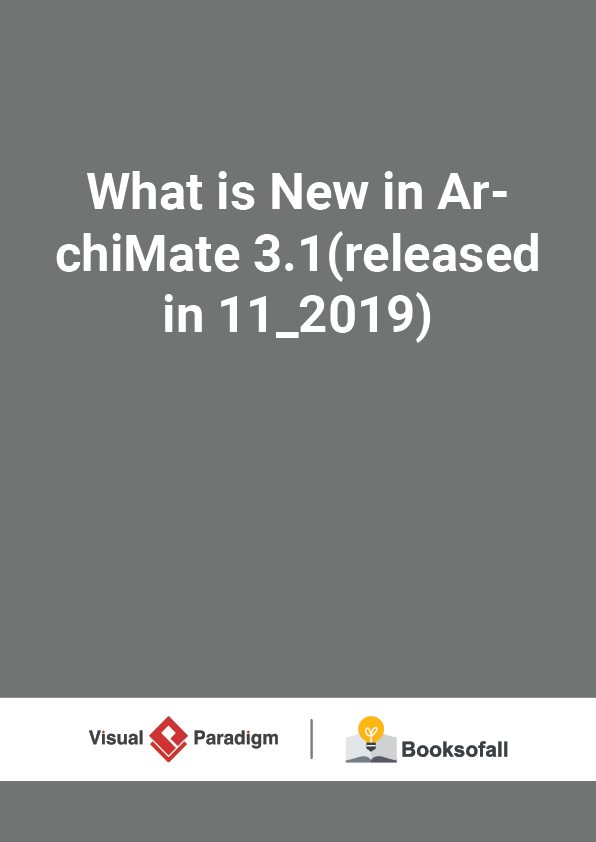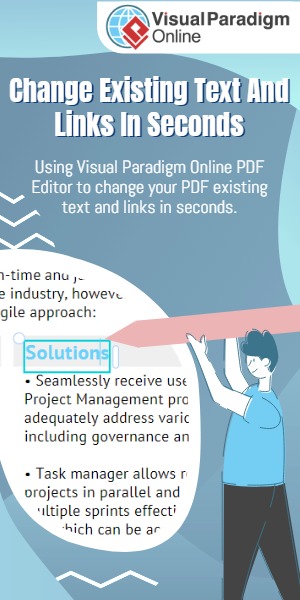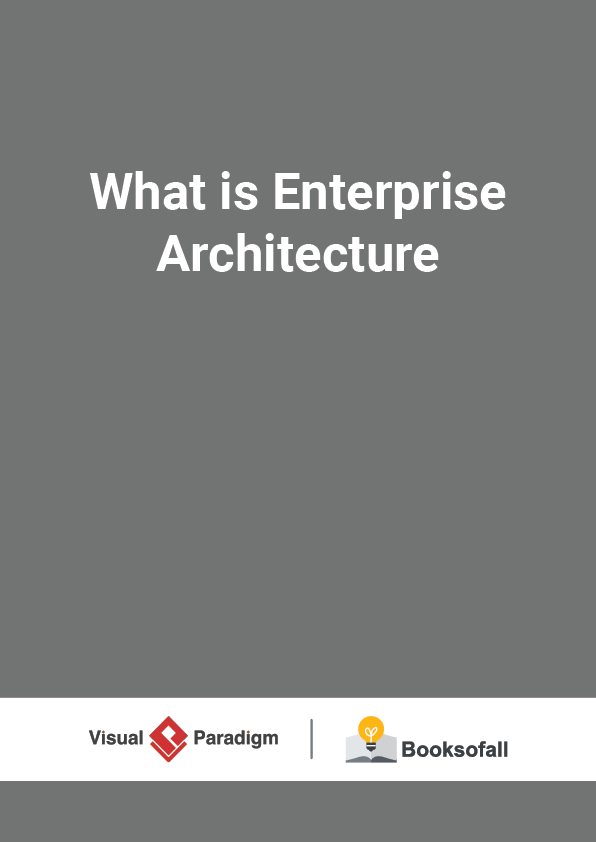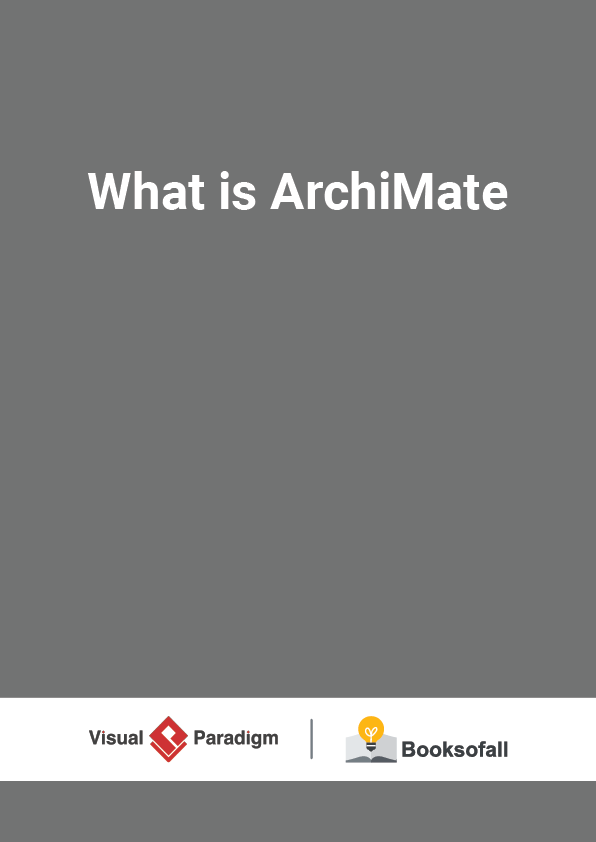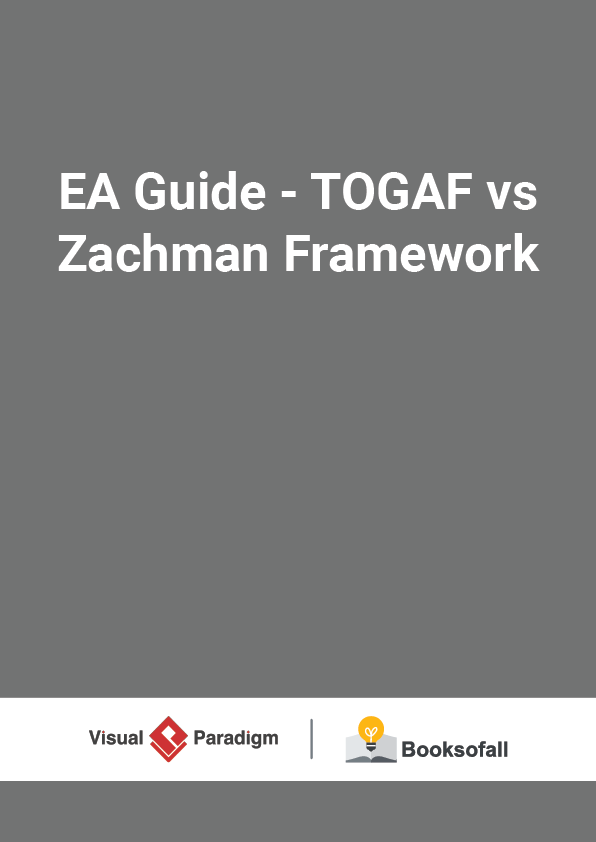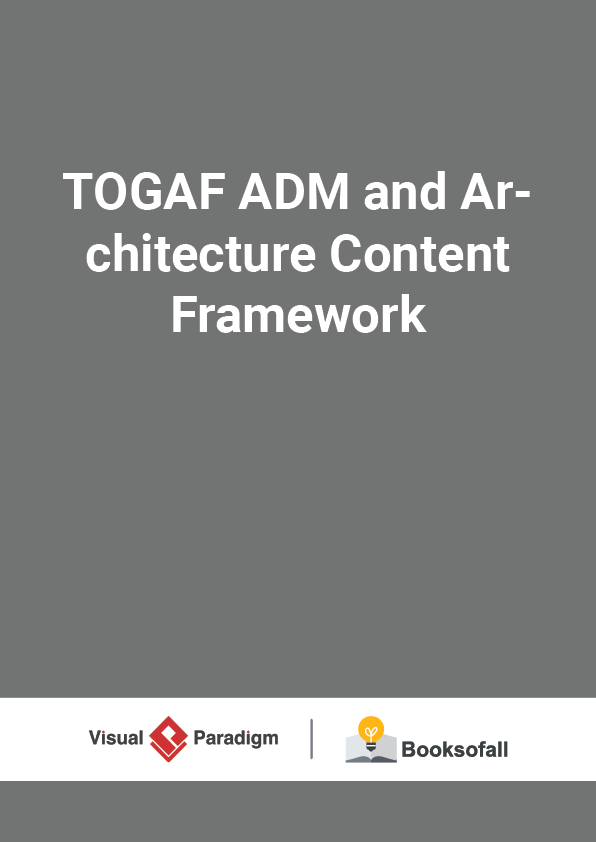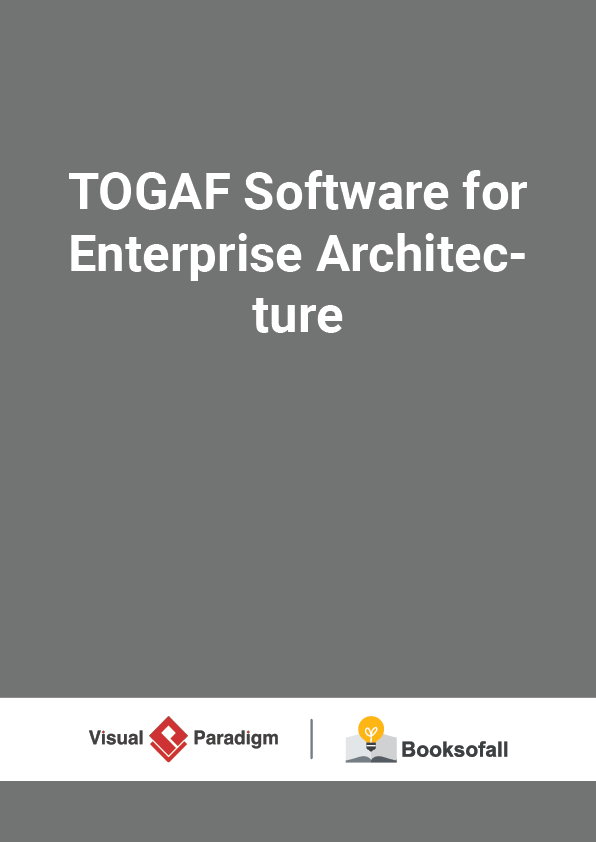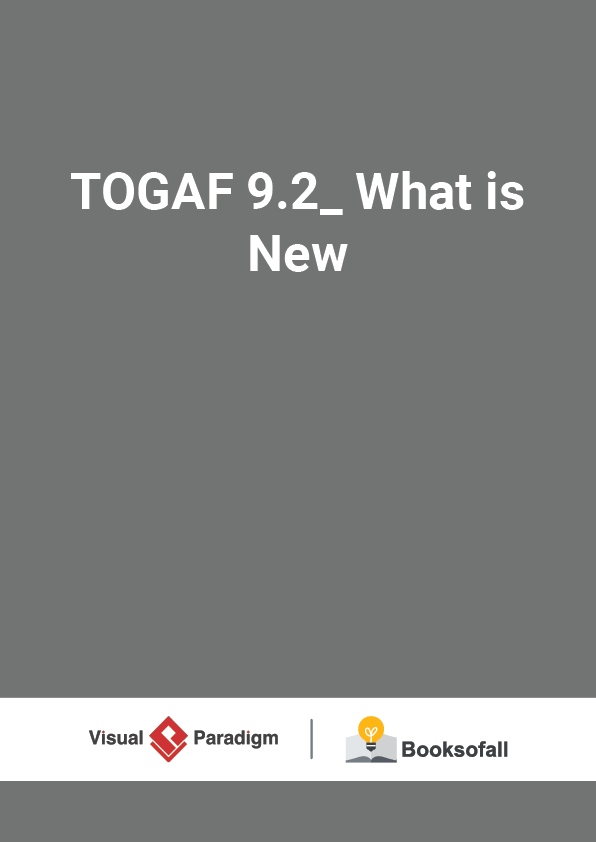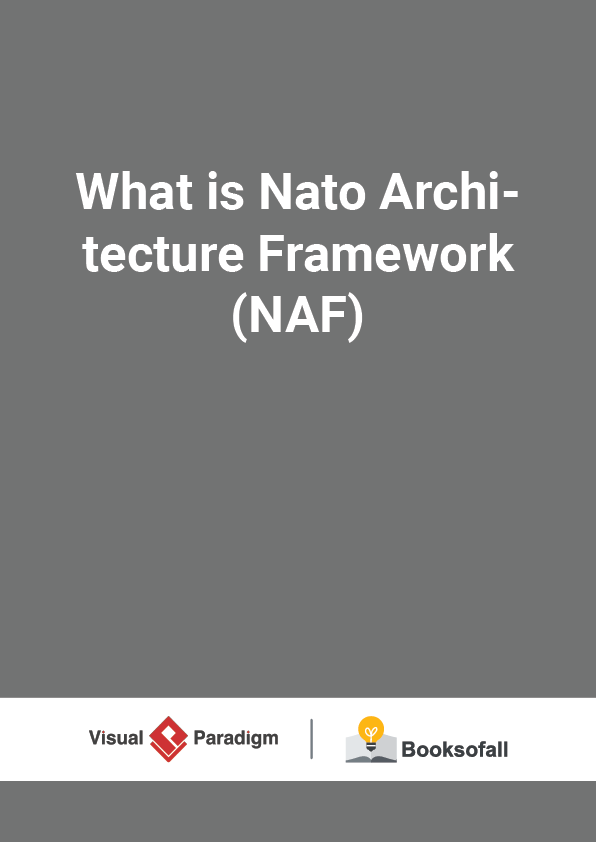What is New in ArchiMate 3.1 (released in11/2019)?
9-11 minutes
The ArchiMate Specification, an Open Group Standard, is an open and independent modeling language for Enterprise Architecture modeling. This article provides a highlight on what is new in the ArchiMate 3.1 Specification which is a minor update to the ArchiMate 3.01 published in June August 2017.
Purpose of ArchiMate
- The ArchiMate language enables Enterprise Architects to describe, analyze, and visualize the relationships among architecture domains in an unambiguous way.
- Just like an architectural drawing in classical building architecture describes the various aspects of the construction and use of a building.
- The ArchiMate language offers a common language for describing the construction and operation of business processes, organizational structures, information flows, IT systems, and technical and physical infrastructure.
- ArchiMate models enable stakeholders to design, assess, and communicate the consequences of decisions and changes within and between these architecture domains.
The 3 Minor Update
Despite being ‘just’ a minor version update, it holds a number of useful additions and improvements for Enterprise Architecture practitioners.
The three most important improvements to the standard are:
- The addition of a value stream element
- The introduction of a directed notation for association
- Further formalization and refinement of the rules for deriving relationships
What is Value Stream Element?
Value streams are typically realized by business processes and possibly other core behavior elements. The stages in a value stream provide a framework for organizing and defining business processes, but different parts of the organization may have their own implementations of business processes that realize the same value stream stage. Conversely, one business process may realize multiple stages in a value stream.
Value Steam Element Notation
Value Stream represents a sequence of activities that create an overall result for a customer, stakeholder, or end-user.
Value streams may be defined at different levels of the organization; e.g., at the enterprise level, business unit level, or department level. Value streams can be a composition or aggregation of value-adding activities. These are also modeled with the value stream element and are known as value (stream) stages, each of which creates and adds incremental value from one stage to the next. These stages are typically related using flow relationships to model the flow of value between them. Resources can be assigned to value streams and capabilities can serve (i.e., enable) a value stream. 1. Value Stream Example of Capability-Mapping in ArchiMate 3.1 The example below shows a model of a high-level value stream for an insurance company, where each stage in the value stream is served by a number of capabilities. Between these stages, we see the value flows with associated value items, and at the end the business outcome that this value stream realizes for a particular stakeholder. Between the stages of the value stream, we see the value flows with associated value added by each stage, and at the end the business outcome of ‘well-founded decision-making’ that this value stream realizes for a particular stakeholder. Each stage in the value stream requires a number of capabilities, shown below the stages and also exhibiting how you can use the improved grouping concept to model this cross-mapping efficiently.
